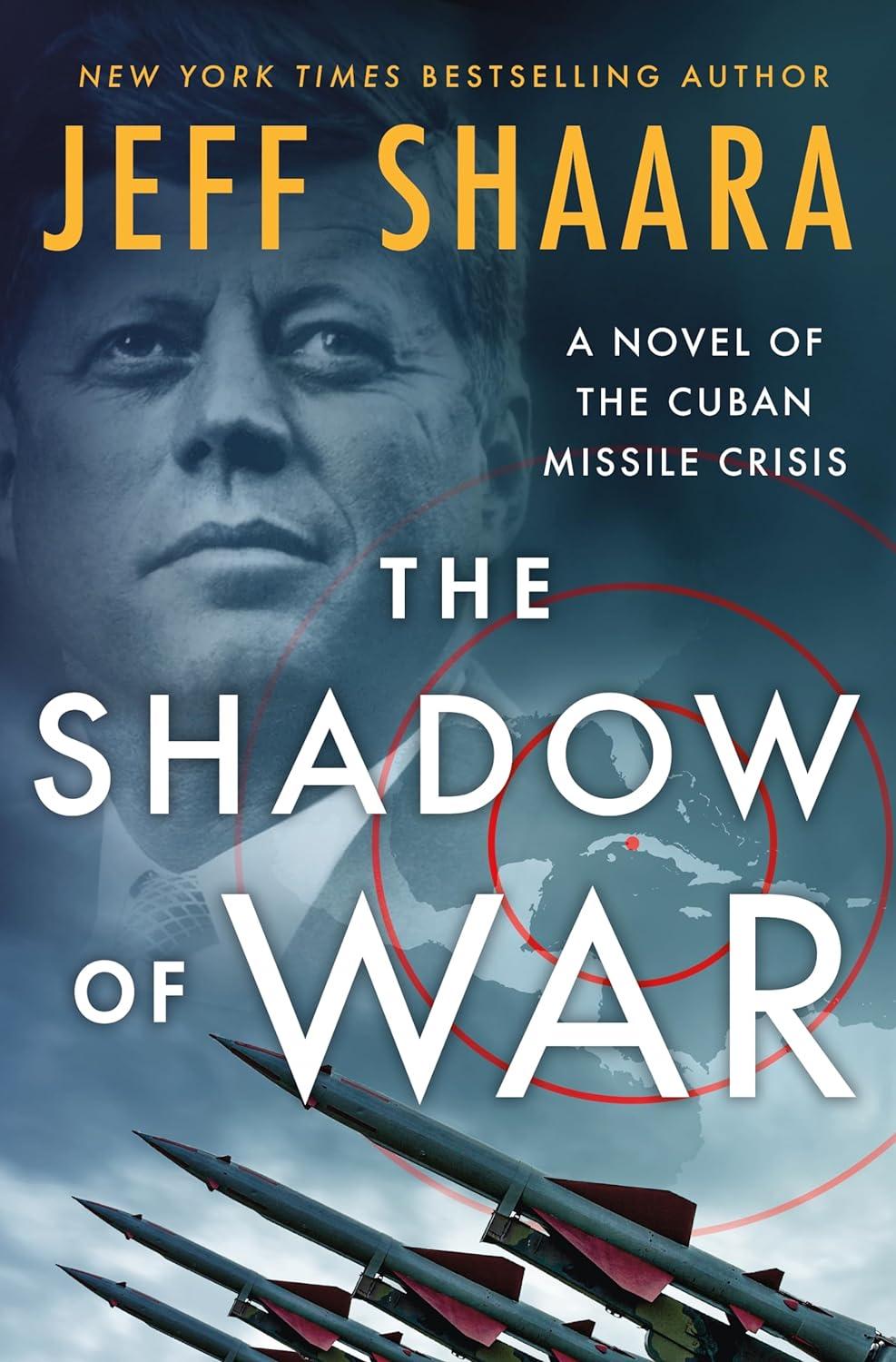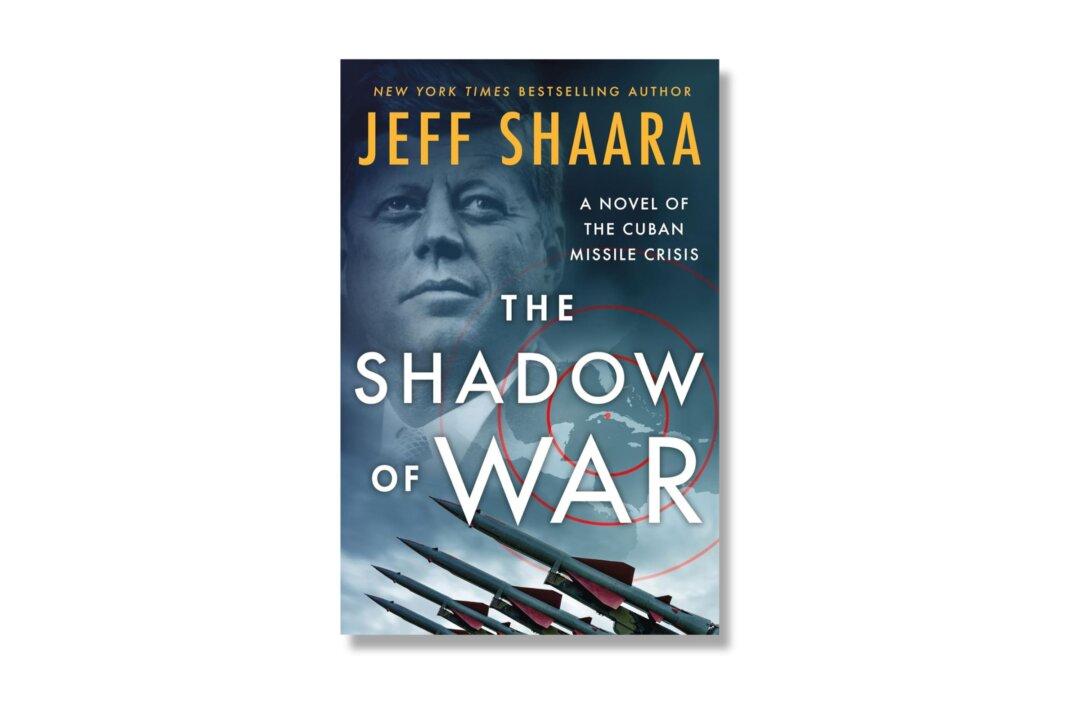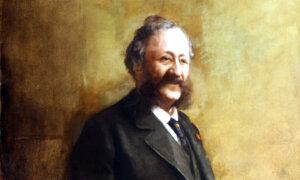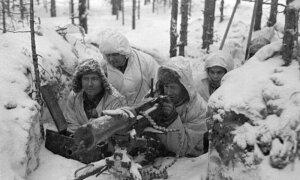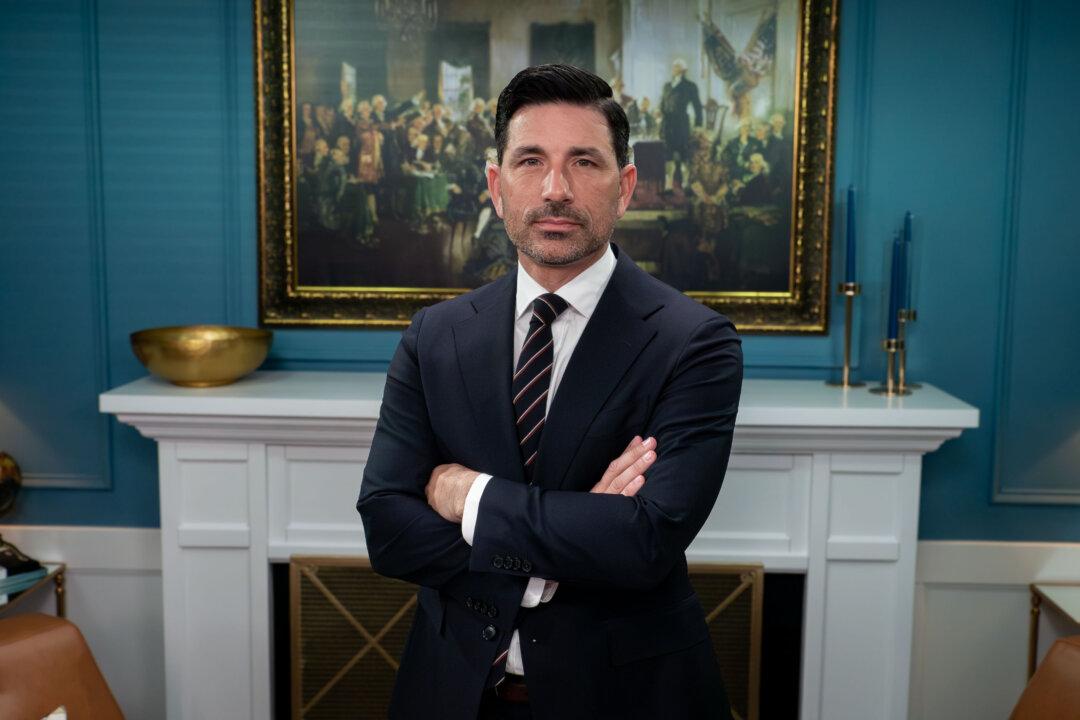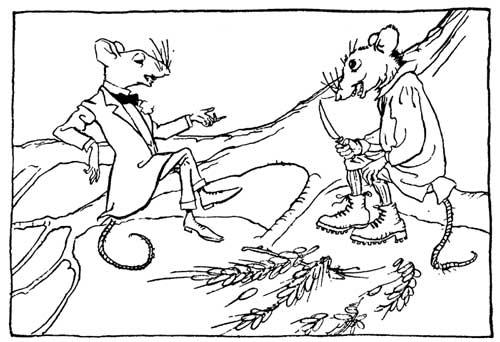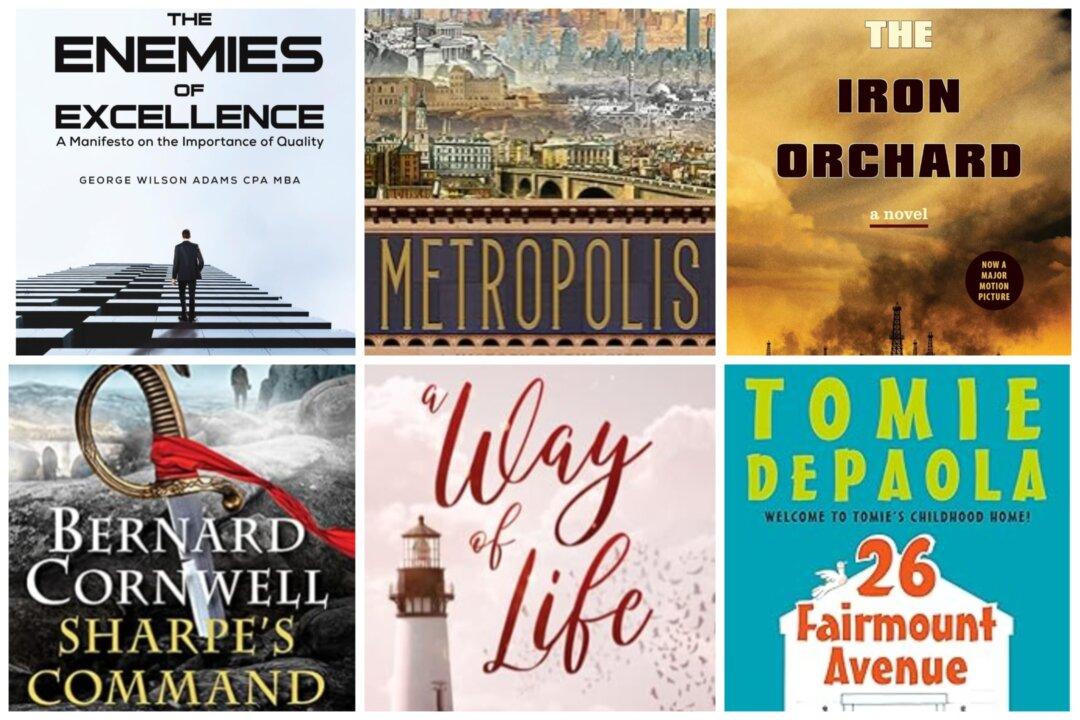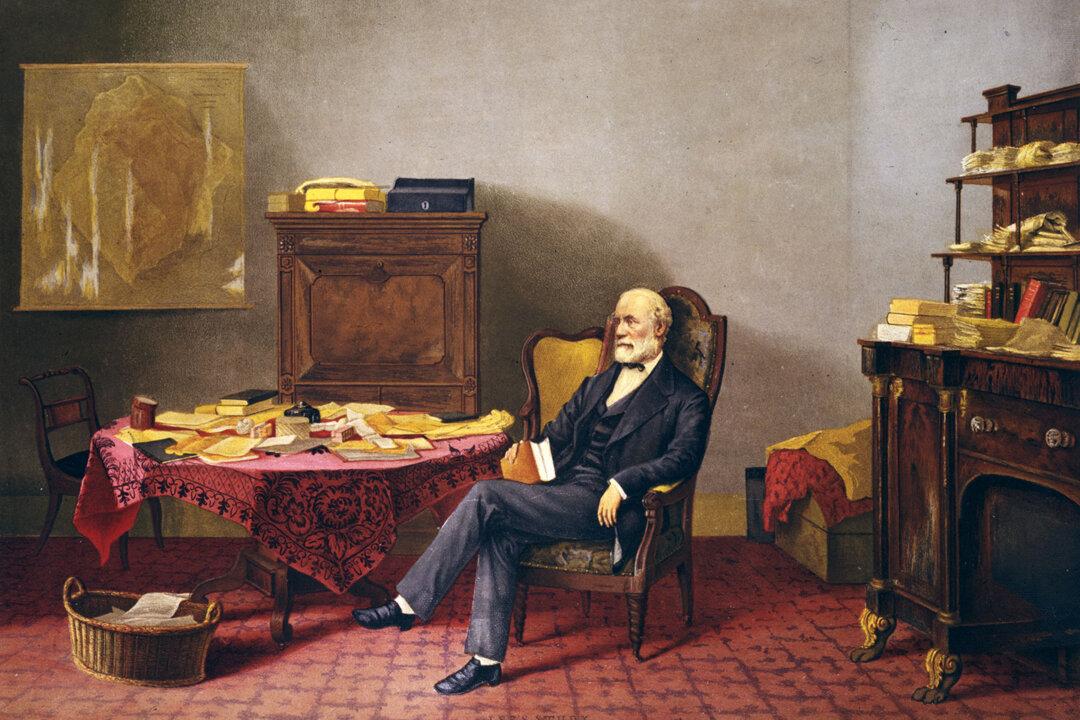From 1947 until the Soviet Union dissolved in 1991, the United States and Russia were the two big boys on the global block, ideological enemies shaking their fists at each other from time to time. In addition to constant attempts to bring other countries into their spheres of influence, with flareups in places like Berlin and Hungary, both nations housed large numbers of nuclear weapons, missiles, and bombs, which provided a rough balance of power known as MAD, or Mutually Assured Destruction.
This possibility of massive nuclear destruction and countless deaths influenced the latter half of 20th-century literature, and it continues to do so today. Novels like Pat Frank’s “Alas, Babylon,” Walter Miller Jr.’s “A Canticle for Leibowitz,” Nevil Shute’s “On the Beach,” and more recently, William Forstchen’s 2009 “One Second After” are a few examples of the apocalyptic fiction written in the last 70 years.
The Breaking Storm
“The Shadow of War” opens in April 1961, when anti-Castro Cubans invade that island and are soundly defeated at the Bay of Pigs, in part because American forces failed to give them promised support. This debacle shames the United States and its newly installed president, John F. Kennedy.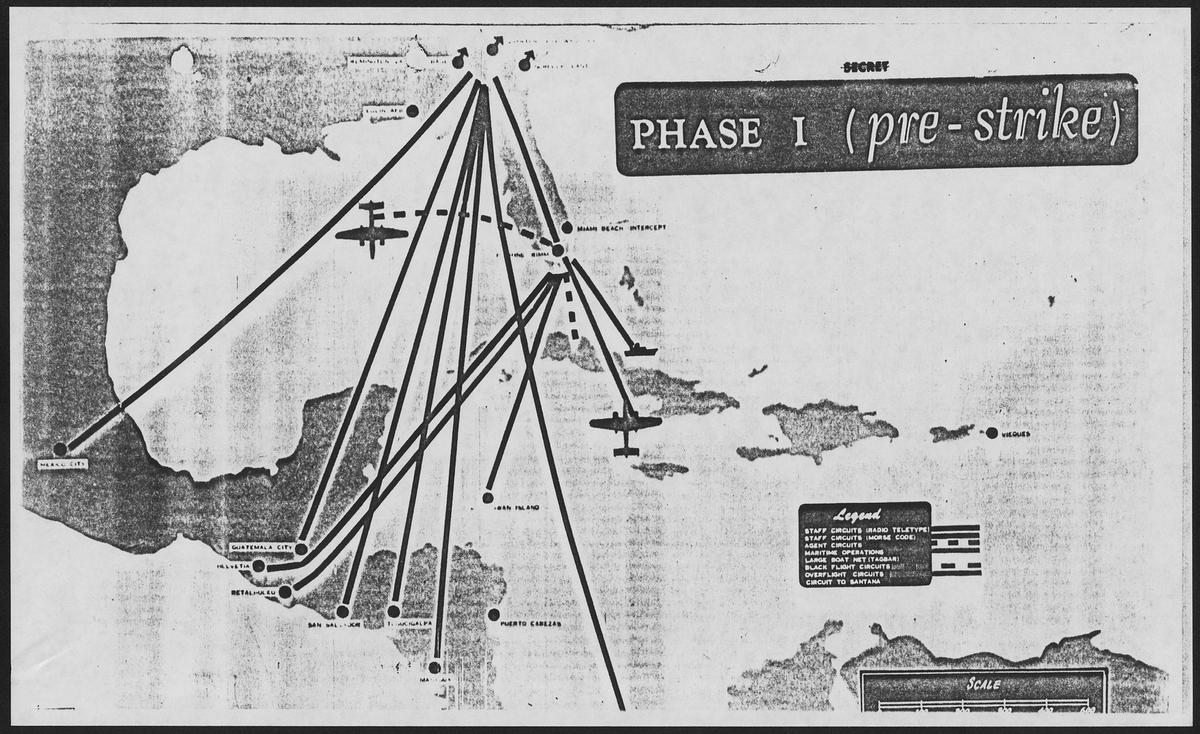
In the next few chapters, Mr. Shaara brings to the stage the novel’s principal actors, nearly all of them real-life figures of the time: Kennedy; his brother and the attorney general, Robert Kennedy; members of the American government; and some of their Russian counterparts and opponents, like Premier Nikita Khrushchev, Minister of Defense Rodion Malinovsky, and Soviet ambassador to the United States Anatoly Dobrynin. Fidel Castro makes rare appearances, though he is often the subject of conversation among the Russians, who regard him as a braggart and a blabbermouth. Of all these characters, Robert Kennedy and Khrushchev are front and center most often.
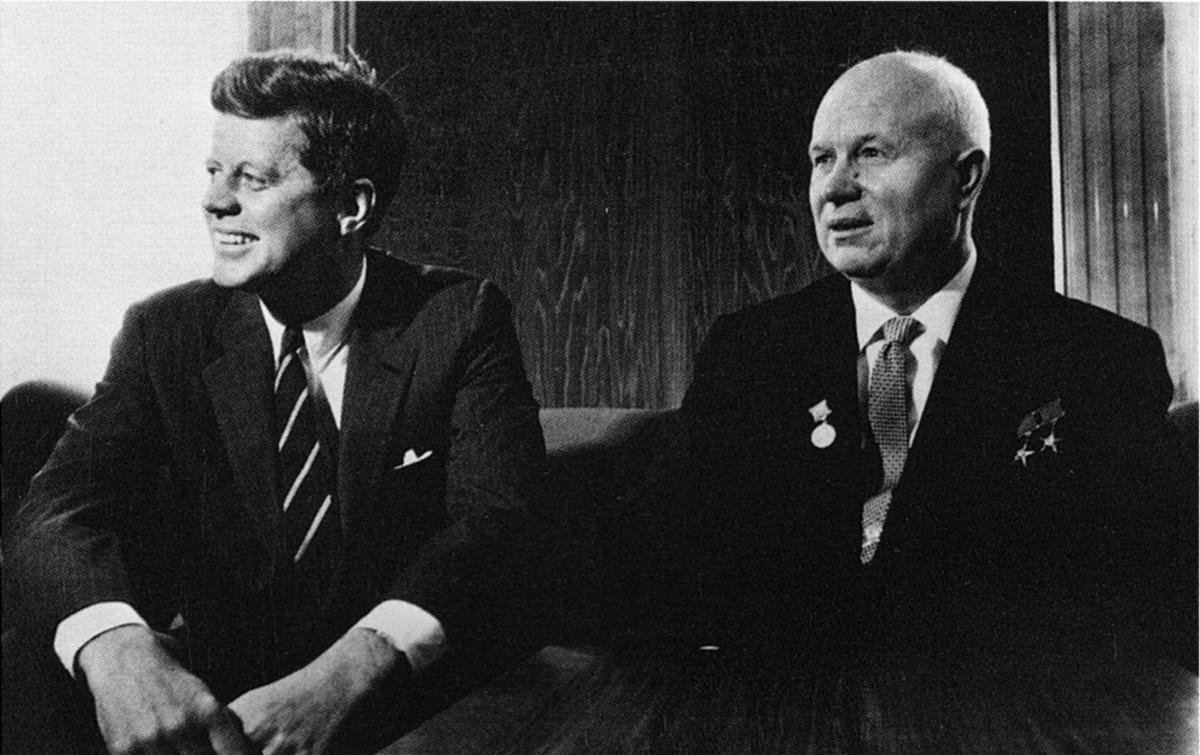
After the Soviets secretly build missile sites in Cuba, the story heats up. Issa Pliyev, the highly decorated Russian officer in charge of building these launch pads, finds himself frustrated by the rocky terrain and the difficulties of keeping the project hidden from American spy planes. His concerns are justified, for on Oct. 16, 1962, high-ranking members of the American government are shown photographs taken by U-2 aircraft of the missile sites. This revelation rouses the American military. Troops are dispatched south toward Florida in anticipation of an invasion of Cuba, aircraft and ships of all sorts stand by for action, and missiles and long-range aircraft are armed with atomic bombs readied for delivery against the Soviet Union.
Almost immediately, it becomes apparent that these Soviet missiles in Cuba will be armed with nuclear warheads capable of reaching most of the United States. Desperate to put together a response before the missiles become fully operational, Kennedy and his team of advisers scramble to meet this threat. Some recommend bombing the missile sites and invading Cuba, which would likely mean an all-out war with the Soviets, including the possible use of nuclear weapons.
A few individuals, like former Democratic presidential candidate Adlai Stevenson, want to bring in the United Nations. Eventually, Kennedy, Secretary of Defense Robert McNamara, and others come up with the idea of a blockade to keep Soviet weaponry out of Cuba, a strategy that they call by the less militaristic term a “quarantine.”
Bringing History to Life
There are no spoilers to the plot of Mr. Shaara’s novel in this or any other review. Anyone with an inkling of knowledge about the Cuban Missile Crisis knows the outcome of that close brush with war: the 13 days of high tension between the Russians and the Americans, the Soviet withdrawal of their missiles, a promise by the United States not to invade Cuba, and the secret agreement made by our government to withdraw our nuclear weapons and missiles from Turkey, a threshold into Russia. Through communication, international pressure, diplomacy, and realpolitik, the abyss that had opened and threatened to swallow civilization was closed again.Consequently, “The Shadow of War” is not some action-packed thriller in which the ending is in doubt. Yet Mr. Shaara’s depiction of this historical confrontation offers readers some valuable historical insights.
First, his blend of fact and fiction gives a human face to this near-disaster. He gives us a peek into the private family lives of the Kennedys and Khrushchev, yet he reproduces in full President Kennedy’s Oct. 22 public address. That speech reveals the presence of the missiles to the American nation and the steps, including quarantine, that JFK’s administration has determined to take against this threat. Later, Mr. Shaara includes word-for-word parts of the exchange in the United Nations between Adlai Stevenson and Soviet Ambassador Valerian Zorin, and a description of the international drama that ensued when Stevenson provided photographic evidence of the missiles. In short, “The Shadow of War” adds personality to the past.
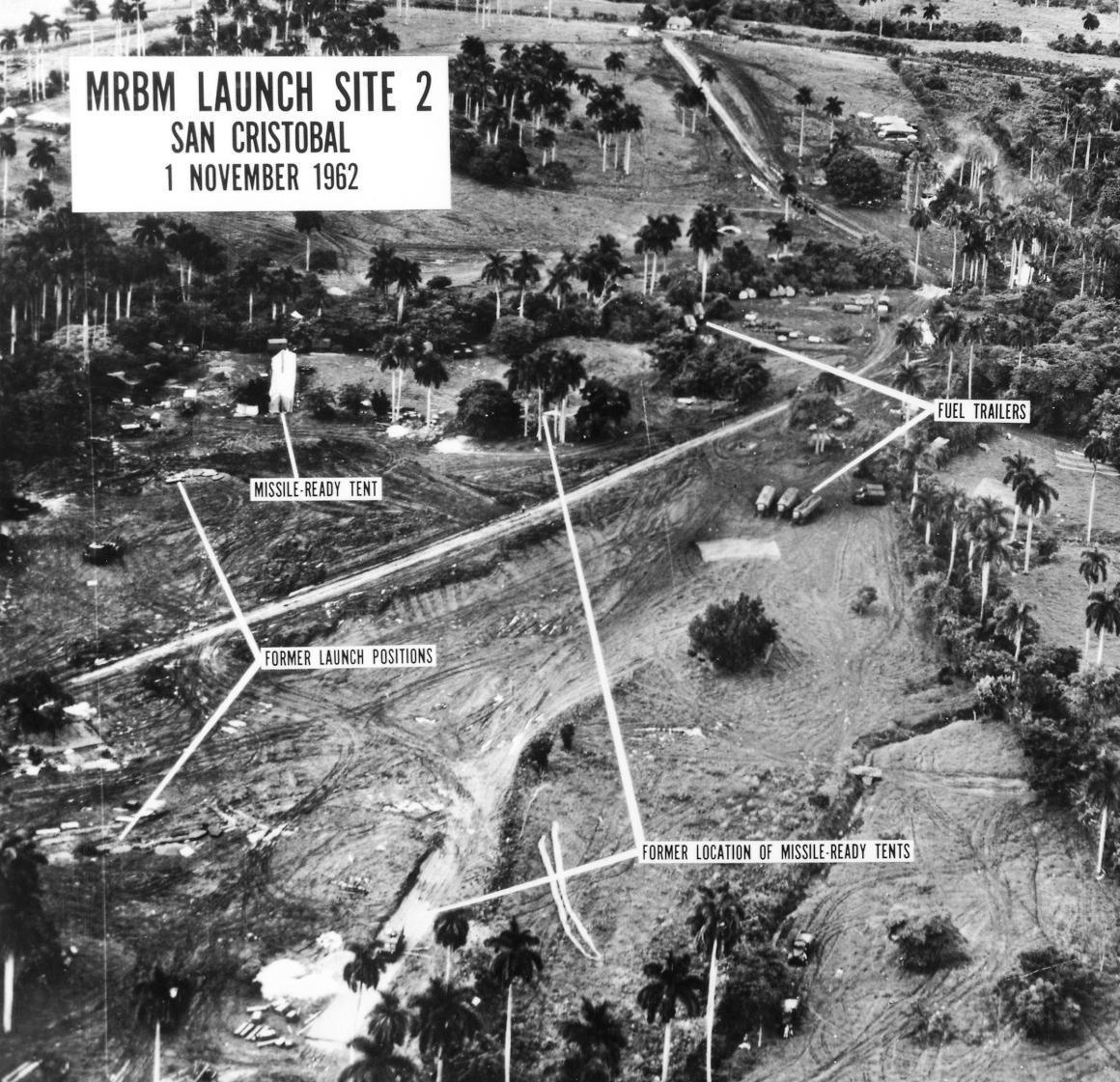
We see this same motivation at work in Mr. Shaara’s depiction of English professor Joseph Russo, his wife, and their two children, who represent the angst-ridden millions of Americans who endured days of gut-wrenching fear. Russo contends with a neighbor convinced that the fallout shelter he’s built will protect him from harm and with the school’s practice of “duck-and-cover” in the classroom, when children are taught to hide under their desks in a futile attempt to survive a bomb. Some of us who were children then can still recollect the anxiety we sensed in our parents and other adults. I vividly remember our family listening to a radio broadcast that brought troubled comments from my parents and tears from my 9-year-old sister.
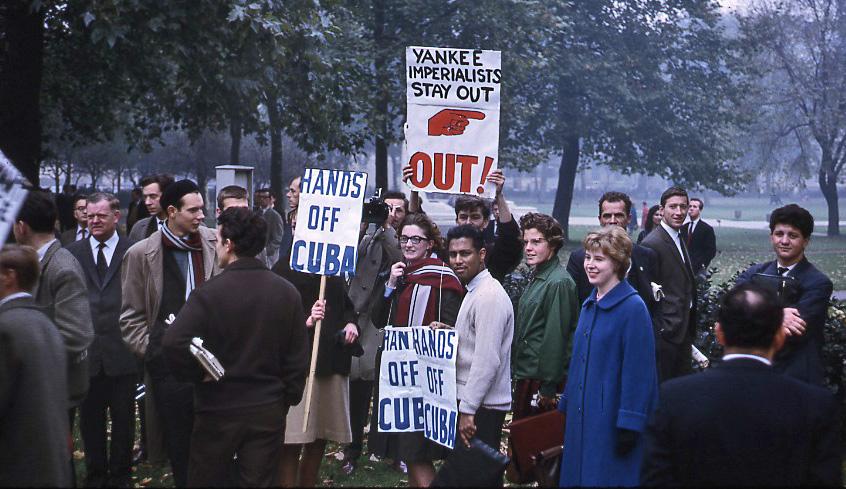
Our Present Danger
“The Shadow of War” serves as a warning for our own unsettled times. The bloody conflict between Ukraine and Russia continues with no apparent peace in sight. The war between Israel and Hamas threatens an already unstable Middle East. The Chinese Communist Party ceaselessly roams the globe seeking to gain more control of resources and territories, all while threatening to attack Taiwan. The rogue nation of North Korea has a supply of nuclear weapons, and Iran now has the capability of putting together its own nuclear arsenal in a matter of weeks, if not days.Given these wars and rumors of war, we should be asking questions. Are our politicians, intelligence agencies, and bureaucrats capable of sober judgment and wisdom in dealing with these wildfires of war? Is the American military prepared, as it was in October 1962, to act as a deterrent to war by its material strength and fitness for battle? Is America itself equipped to handle some horrible attack, such as an EMP bombing that might knock out our electrical systems and computers?
“The Shadow of War” shows us how the world almost caught fire some 50 years ago and how prudent men seeking peace blew out the matches before they could reach the tinderbox.
We should hope and pray that current leaders here in the United States and around the world possess a similar store of wisdom.
